One of the most successful ways to reach and engage your B2B prospects and clients is through email marketing. According to a study by Campaign Monitor, email marketing generates $44 for every $1 spent, making it the highest ROI marketing channel. However, email marketing in B2B is not the same as email marketing in B2C. You need to understand the differences and tailor your strategy accordingly.
In this post, I will share with you 7 tips and examples on how to master email marketing in B2B and achieve your goals. Whether you want to generate leads, nurture relationships, increase sales, or build loyalty, these tips will help you create and execute a successful B2B email marketing campaign.
Tip 1: Know your target audience and segment them accordingly
The first step to any email marketing campaign is to know who you are talking to. In B2B, you are not just communicating with one person, but with a group of decision-makers and influencers within an organization. Each of them has different roles, needs, pain points, expectations, and behaviors. Therefore, you need to segment your email list based on these criteria and send personalized messages that resonate with each segment.
For example, MailerLite, an email marketing software company, segments its subscribers based on their industry, company size, and level of expertise. This way, they can send relevant content and offers that match their subscribers’ interests and needs.
Tip 2: Provide value and educate your prospects and customers
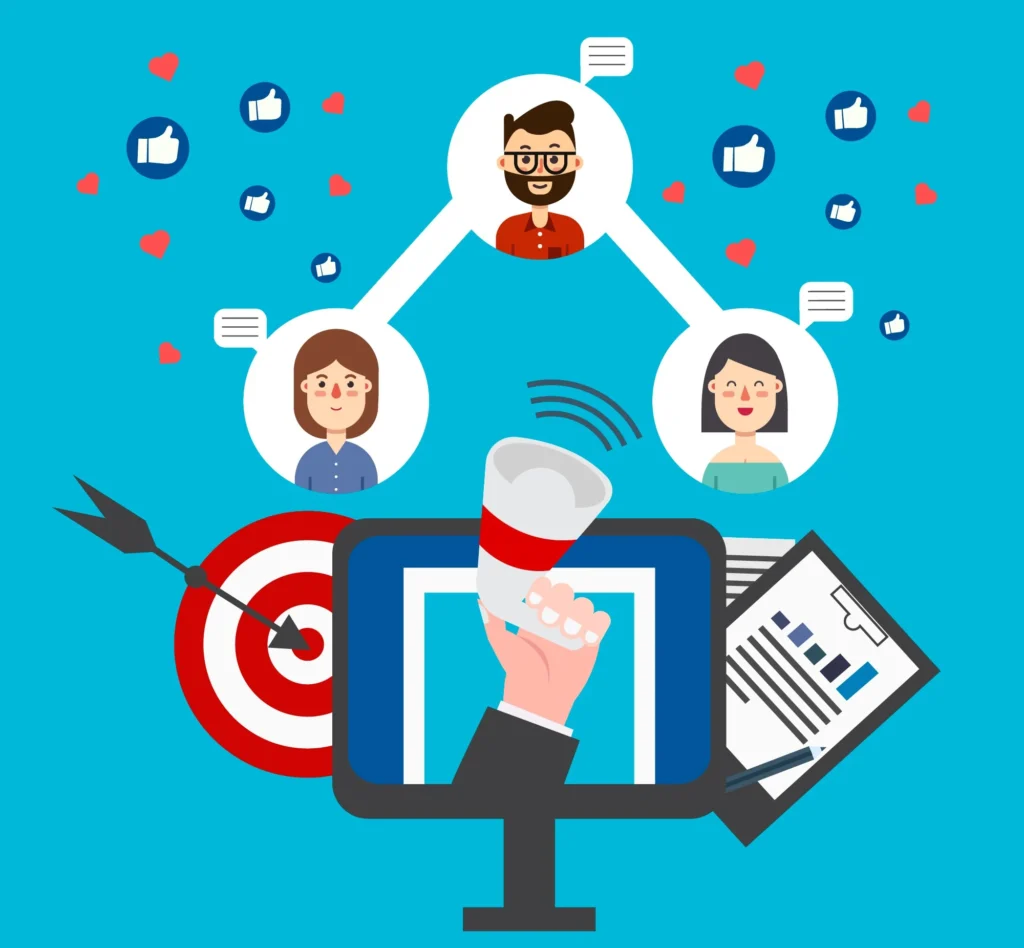
One of the main goals of email marketing in B2B is to establish trust and credibility with your prospects and customers. To do this, you need to provide value and educate them on how your product or service can solve their problems and help them achieve their goals. You can do this by sharing useful content such as blog posts, ebooks, webinars, case studies, testimonials, or free tools.
For example, Zapier, a cloud-based automation platform, sends educational emails that teach its subscribers how to use its features and integrations to streamline their workflows and save time. The emails also include customer stories and success tips that showcase the benefits of using Zapier.
Tip 3: Use clear and compelling subject lines and CTAs
When your receivers open your email, the subject line is the first thing they see. It influences whether people open it or disregard it. Therefore, you need to make sure that your subject line is clear, concise, catchy, and relevant to your audience. You can also use personalization, urgency, curiosity, or emotion to increase your open rates.
The CTA (call-to-action) is the last thing that your recipients see when they read your email. It determines whether they will take the next step or not. Therefore, you need to make sure that your CTA is visible, actionable, specific, and aligned with your goal. You can also use colors, buttons, or icons to make your CTA stand out.
For example, HubSpot, a CRM software company, uses clear and compelling subject lines and CTAs in its emails. The subject lines are short, catchy, and relevant to the content of the email. The CTAs are bold, colorful, and specific to the desired action.
Tip 4: Optimize your email design and layout
The design and layout of your email can have a significant impact on how your recipients perceive and interact with your message. Make sure that your email design is consistent with your brand identity, easy to read and scan, responsive to different devices and screen sizes, and compatible with different email clients and browsers.
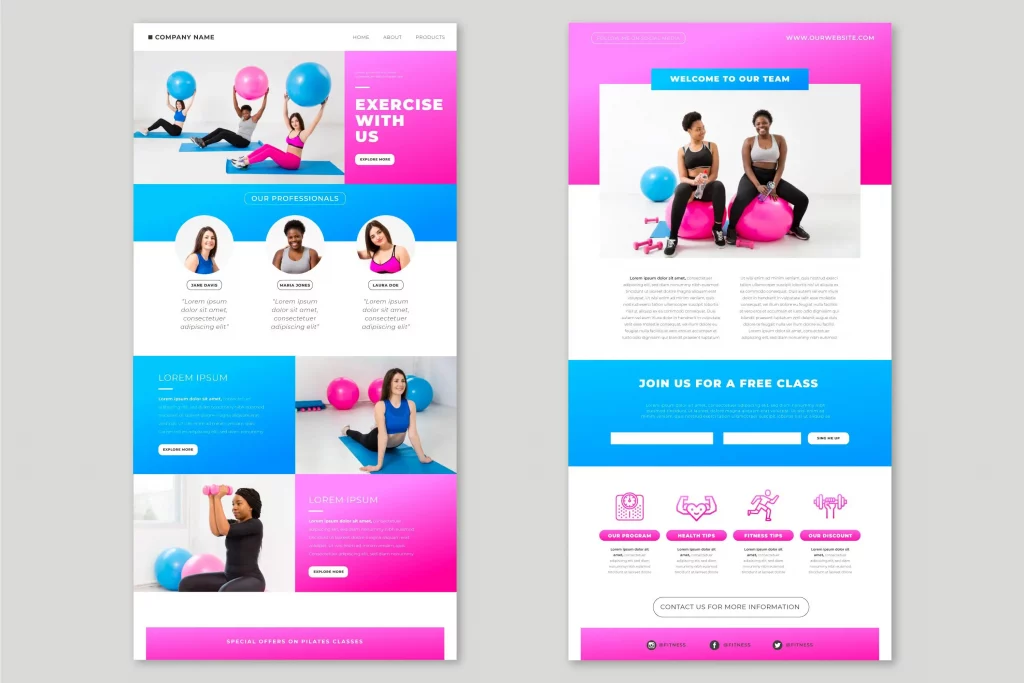
You can use templates or tools to create professional-looking emails that match your brand style and tone. You can also use images, videos, GIFs, or emojis to add some visual appeal and personality to your emails. However, don’t overdo it and make sure that your images are optimized for loading speed and accessibility.
For example, Slack, a collaboration software company, uses simple yet elegant email designs that reflect its brand personality and values. The emails are clean, colorful, and easy to navigate. The images are relevant, engaging, and optimized for different devices.
Tip 5: Test and optimize your email performance
To ensure that your email marketing campaign is effective and successful, you need to test and optimize your email performance regularly. You can use analytics tools or platforms to track metrics such as open rates, click-through rates (CTR), conversion rates (CVR), bounce rates (BR), unsubscribe rates (UR), or revenue per email (RPE). These metrics will help you measure the effectiveness of your email strategy and identify areas for improvement.
You can also use A/B testing or split testing to compare different versions of your emails and see which one performs better. You can test different elements such as subject lines, CTAs, images, content, or layout. By testing and optimizing your emails, you can increase your engagement, conversions, and ROI.
For example, Shopify, an ecommerce platform, uses A/B testing to optimize its email performance. The company tests different subject lines, CTAs, and content to see which ones generate more opens, clicks, and sales.
Tip 6: Automate your email campaigns and workflows
One of the best ways to save time and resources while increasing your email marketing efficiency and effectiveness is to automate your email campaigns and workflows. You can use automation tools or platforms to create and send triggered or scheduled emails based on your subscribers’ actions, behaviors, or preferences. This way, you can deliver the right message to the right person at the right time.
Some of the common types of automated emails in B2B are:
- Welcome emails: These are the first emails that you send to your new subscribers after they sign up for your email list. They are meant to introduce your brand, thank them for joining, and set their expectations for future communications.
- Lead nurturing emails: These are the emails that you send to your prospects after they show interest in your product or service. They are meant to educate them on how your solution can help them, provide social proof, and guide them through the sales funnel.
- Transactional emails: These are the emails that you send to your customers after they complete a transaction with you. They are meant to confirm their purchase, and provide order details, delivery information, or invoice.
- Re-engagement emails: These are the emails that you send to your inactive or unresponsive subscribers to rekindle their interest in your brand. They are meant to remind them of the value that you offer, entice them with a special offer, or ask for feedback.
For example, Asana, a project management software company, uses automation to send welcome emails to its new subscribers. The emails introduce the brand, explain the benefits of using Asana, and invite the subscribers to start a free trial.
Tip 7: Follow the best practices and regulations for email marketing in B2B
Last but not least, you need to follow the best practices and regulations for email marketing in B2B. These include:
- Prior to sending them emails, ask for permission from your subscribers. You can do this by using opt-in forms or double opt-in methods on your website or landing pages.
- Providing an easy way for your subscribers to opt-out or unsubscribe from your email list. You can do this by adding an unsubscribe link or button at the bottom of your emails.
- Complying with the anti-spam and privacy laws in your country or region. For example, if you are sending emails to recipients in the EU, you need to follow the General Data Protection Regulation (GDPR) rules.
- Keeping your email list clean and updated. You can do this by removing invalid, bounced, or inactive email addresses from your list regularly.
- Respecting your subscribers’ preferences and expectations. You can do this by sending relevant, valuable, and timely emails that match their interests and needs.
By following these best practices and regulations, you can avoid spam complaints, legal issues, and reputation damage. You can also improve your deliverability, engagement, and trust with your audience.
Tip 8: Use Neoleads to automate and optimize your email marketing in b2b campaigns
One of the challenges of email marketing in B2B is creating and managing effective email campaigns that can generate leads, nurture relationships, and increase sales. You need to craft engaging emails that can capture your prospects’ attention, deliver value, and persuade them to take action. You also need to monitor and analyze your email performance and optimize your strategy accordingly.
That’s where Neoleads comes in. Neoleads is an AI-powered platform that helps you automate and optimize your email marketing campaigns in B2B.
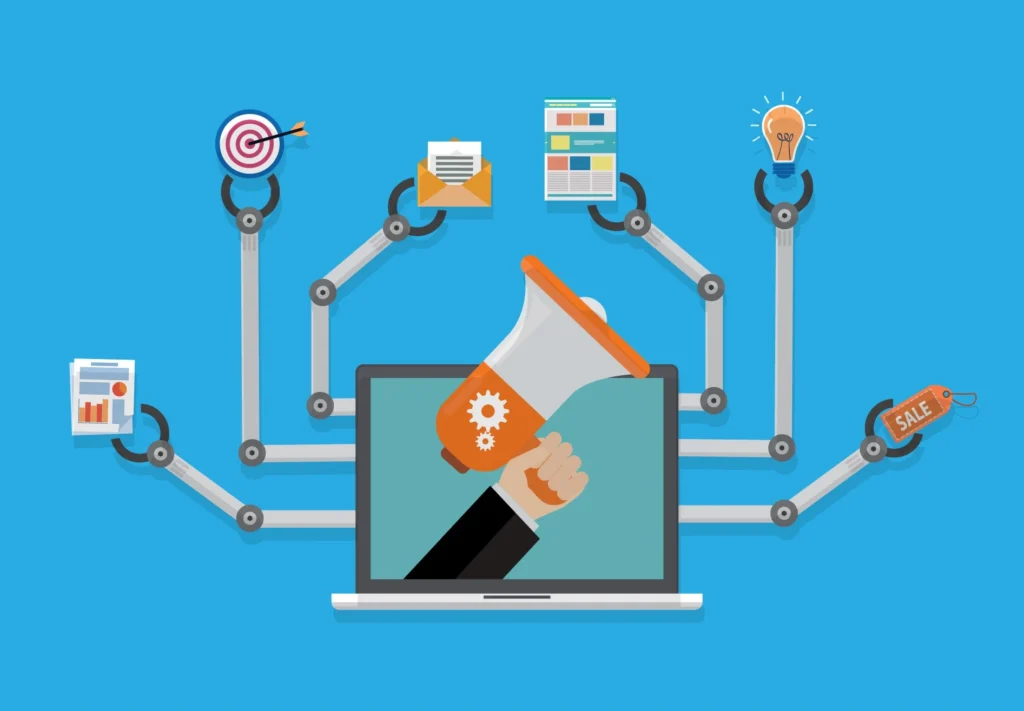
With Neoleads, you can:
- Create personalized and dynamic emails that adapt to your prospects’ behavior and preferences. Neoleads uses AI technology to generate customized content, subject lines, and CTAs based on your prospects’ profile, industry, stage, and actions.
- Automate your email workflows and sequences based on triggers and conditions. Neoleads allows you to create and send automated emails based on your prospects’ actions, such as opening an email, clicking a link, visiting a page, or filling a form.
- Achieve channel and platform integration for your email marketing. Neoleads enables you to connect your email marketing with other tools that you use for CRM, ecommerce, project management, or analytics. You can also use Neoleads as an omnichannel support platform that allows you to communicate with your prospects and customers via email, chat, social media, or phone.
- Analyze and optimize your email performance with AI insights. Neoleads provides you with real-time data and analytics on your email campaigns, such as open rates, click-through rates, conversion rates, revenue per email, etc. You can also use Neoleads’ AI insights to get recommendations on how to improve your email strategy, such as when to send emails, what to write, or who to target.
Neoleads is a must-have tool for any B2B marketer who wants to master email marketing. By using Neoleads, you can save time and resources while increasing your email marketing efficiency and effectiveness.
You can visit their website for more information or sign in to see how Neoleads works in action. You can also watch this video to learn more about the features and benefits of Neoleads.
Key Takeaways
Email marketing in B2B is a powerful way to reach and connect with your prospects and customers. By following these 7 tips and examples, you can create and execute a successful B2B email marketing campaign that will help you achieve your goals.
If you need help with creating or managing your email marketing campaigns in B2B, you can use tools like Zapier or Neoleads to automate and streamline your processes and workflows. These tools can help you integrate your email marketing software with other apps that you use for lead generation, CRM, ecommerce, or project management.
You can also use tools like MailerLite or HubSpot to create professional-looking emails that match your brand style and tone. These tools can help you design, send, and track your email performance easily and effectively.
And if you want to take your email marketing to the next level, you can use Neoleads, an AI-powered email marketing platform that helps you automate and optimize your email campaigns. Neoleads can help you create personalized and dynamic emails, automate your email workflows and sequences, integrate your email marketing with other channels and platforms, and analyze and optimize your email performance with AI insights.
Email marketing in B2B is not easy, but it is worth it. With the right strategy, tools, and best practices, you can master email marketing in B2B and grow your business.

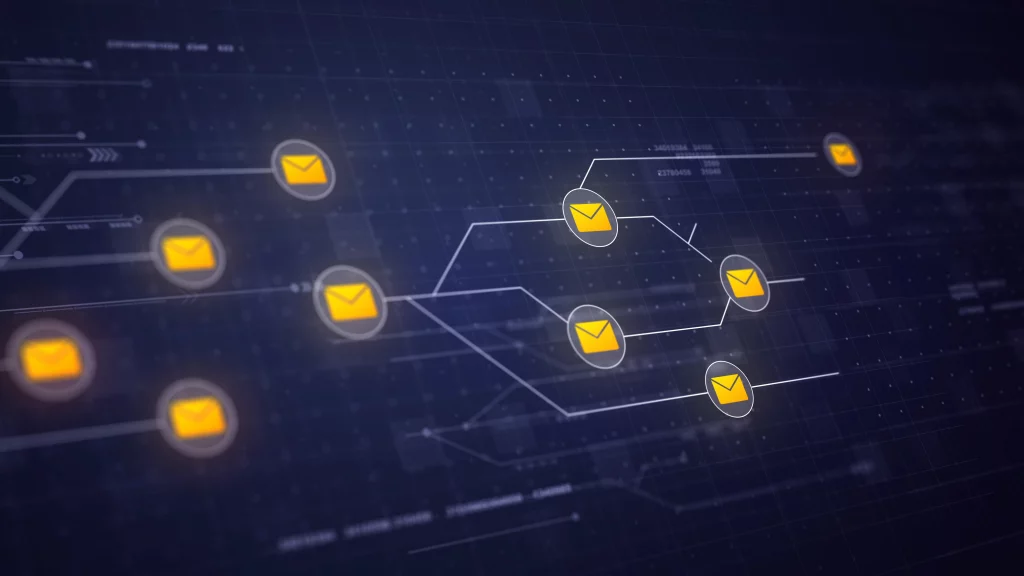

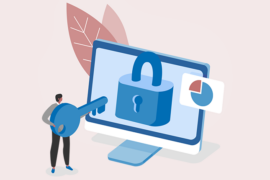


1 Comment
Very helpful. Thank you for these tips!